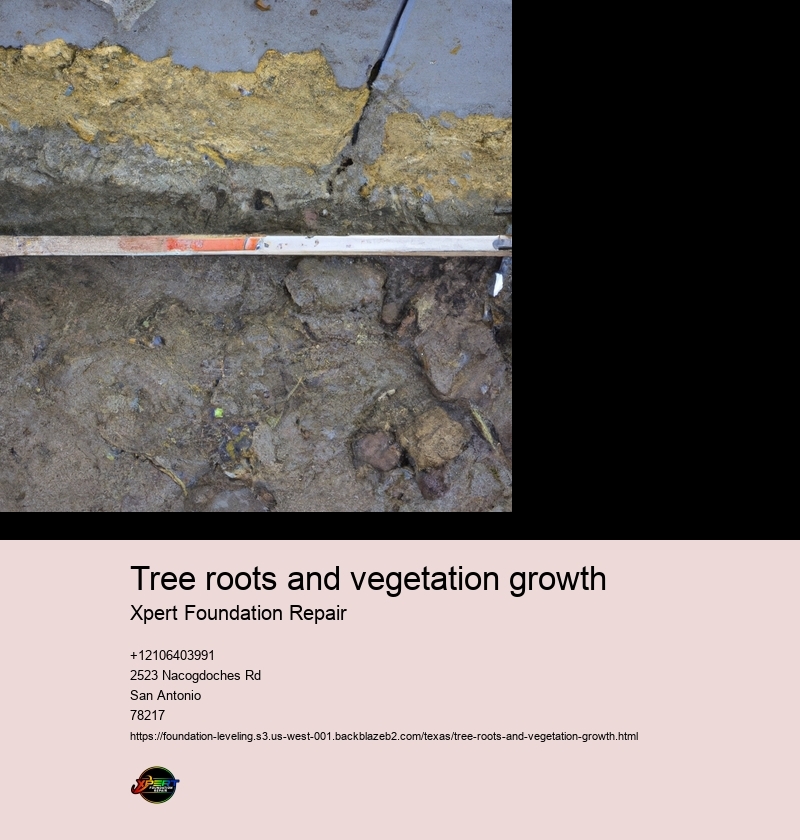Tree roots and vegetation growth
Tree Roots and Vegetation Growth: The Hidden Network of Life Beneath Our Feet
Beneath the verdant canopy of forests and the lush greenery of our gardens lies a hidden universe, as crucial to life as the air we breathe yet often unnoticed by those who walk above. This is the world of tree roots and vegetation growth, an intricate web of life that stretches deep into the soil, silently orchestrating the symphony of ecosystems across our planet.
Tree roots are remarkable structures, both in their biological complexity and their ecological significance. They serve as anchors, securing towering giants to the ground against storms that rage with gale-force winds. But they are so much more than mere stabilizers; they are dynamic conduits for water and nutrients, siphoning life-sustaining elements from soil with a quiet efficiency that belies their importance.
The growth patterns of tree roots can be as varied as the species they support. Some trees send down a central taproot straight into Earth's bosom, probing depths for moisture during times of drought. Others spread their roots laterally in an extensive network just beneath the surface, intertwining with neighbors in an unspoken pact of shared sustenance and stability. It is this interconnectivity that forms a natural communion among trees a phenomenon some have likened to an underground internet where information and resources are exchanged through symbiotic relationships with fungi known as mycorrhizae.
Vegetation growth works hand-in-hand with root systems to maintain ecological balance. Green leaves engage in photosynthesis, capturing sunlight to transform carbon dioxide and water into glucosea source of energyand releasing oxygen back into our atmosphere. This process not only fuels plant growth but also supports all animal life on Earth.
However, vegetation does not merely exist above ground where it can be admired for its beauty or harvested for its utility; it also plays a pivotal role below surface level by contributing organic matter to soil through root turnover and leaf litter decay. This detritus feeds myriad microorganisms which in turn aid in nutrient cyclingbreaking down complex compounds into simpler ones that plants can easily absorb.
The interaction between tree roots and other vegetation creates a diverse habitat for wildlife too. Insects make homes within the maze-like corridors etched by meandering roots while larger animals seek shelter or food amongst dense undergrowth sustained by these subterranean structures.
But this delicate balance is threatened by human activity: deforestation strips away vast tracts of forest cover; urbanization seals off ground surfaces preventing rainwater infiltration; pollution contaminates soils inhibiting root function; climate change alters precipitation patterns disrupting established growth cycles.
To protect these vital networks beneath our feet requires awarenessrecognizing that every step we take impacts millions of unseen livesand action guided by knowledge respecting nature's wisdom over shortsighted gain. Reforestation efforts, sustainable farming practices, green infrastructure projects like permeable pavementsall these contribute towards nurturing healthy root systems which ultimately means fostering resilient ecosystems capable not only surviving but thriving alongside humankind.
In conclusion, understanding tree roots' role along with vegetation growth offers insight into natures interconnectednessa complex lattice work supporting terrestrial life far beyond what meets eye providing us essential services without fanfare recognition deservedly due acknowledgment stewardship if future generations witness same marvels we do today amidst leafy boughs whispering secrets ancient earthbound companionship awaiting only attentiveness appreciate fully splendor lies hidden just steps below bustling world above.
